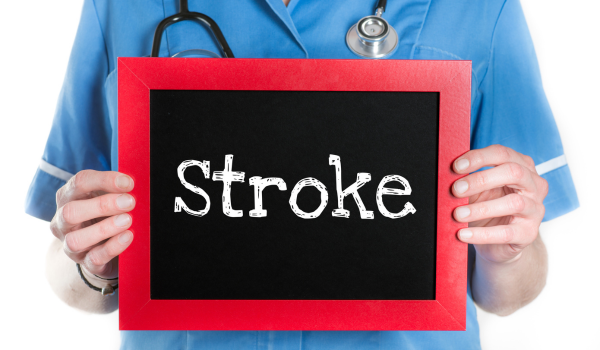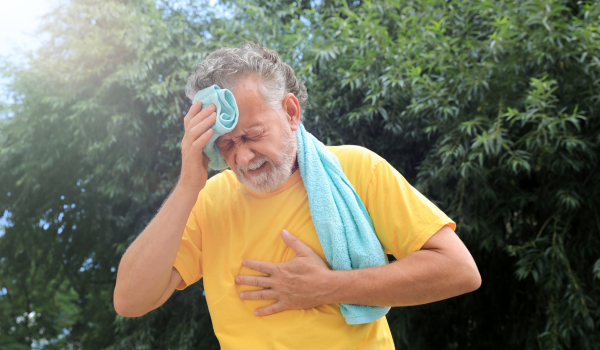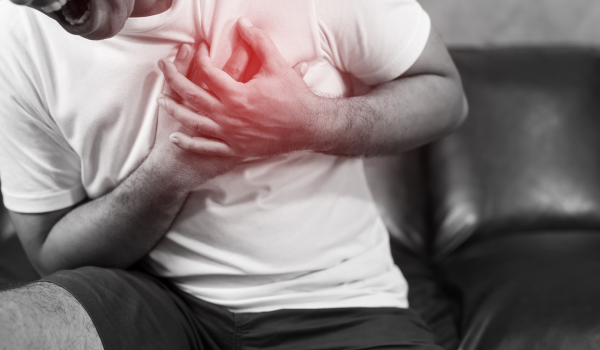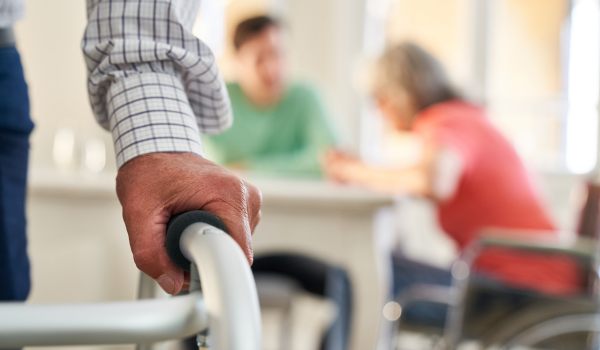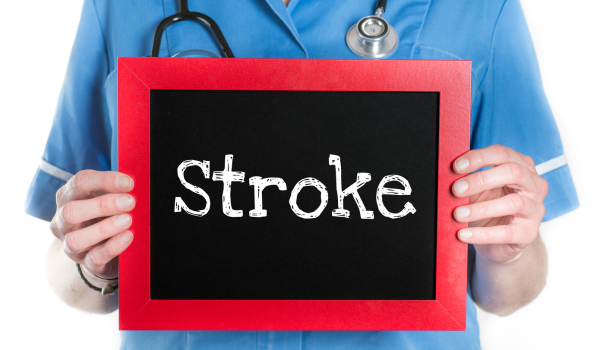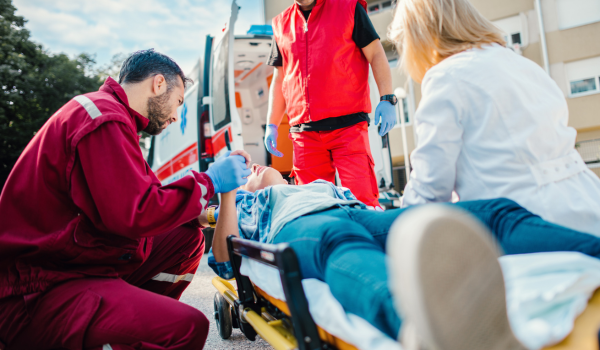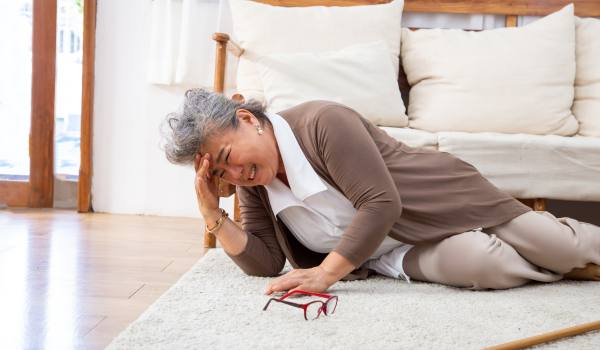.png)
After a stroke, recovery is a critical period that requires time, dedication, and support. The first 90 days following a stroke are often the most intense and crucial for rehabilitation. This period is filled with various forms of therapy designed to help the individual regain lost functions, adapt to new challenges, and improve overall quality of life. In this article, we will discuss the different stages of rehabilitation in the first 90 days after a stroke, covering physical therapy, speech therapy, psychological support, and other essential elements of recovery.
1. The First Week: Stabilization and Initial Assessment
In the first week following a stroke, the primary focus is on medical stabilization. During this time, the medical team works to prevent complications and ensure the patient’s vital signs stabilize. The initial assessment of the patient’s physical and cognitive abilities will guide the rehabilitation process. Here's what to expect:
-
Medical Monitoring: Patients will be closely monitored for any medical complications such as infections, blood clots, or other health concerns.
-
Initial Therapy Plans: Depending on the severity of the stroke, a rehabilitation plan will be created by a multidisciplinary team, including physical therapists, speech-language pathologists, and occupational therapists.
-
Physical Assessment: The medical team will assess the patient’s mobility, muscle strength, and balance to determine the extent of physical impairment caused by the stroke.
The first week is mostly about stabilization, but it sets the stage for the more active phases of rehabilitation in the following weeks.
2. Week 2 to 4: Physical Therapy and Early Mobilization
By the second week, therapy begins in earnest, focusing on early mobilization and preventing complications. Physical therapy (PT) becomes a significant part of the recovery process to improve movement, strength, and coordination. During these weeks, the focus will be on:
-
Physical Therapy: The main goal of physical therapy is to help the patient regain movement and independence. The therapist will work with the patient on exercises that target muscle strength, balance, walking, and fine motor skills.
-
Assistive Devices: For patients with mobility issues, assistive devices like walkers, canes, or braces may be introduced to help them regain independence and move around safely.
-
Improving Posture and Movement: Improving posture and movement patterns is crucial for patients to prevent falls and maintain overall functional independence.
-
Speech Therapy Begins: If the stroke has affected speech or swallowing, speech therapy will be introduced early to help with communication, articulation, and swallowing safety.
3. Month 2 to 3: Language and Cognitive Rehabilitation
In the second and third months, rehabilitation shifts to address cognitive and language deficits. During this period, speech therapy plays a key role, along with cognitive rehabilitation to help the patient regain brain functions affected by the stroke. Here's what to expect during this stage:
-
Speech Therapy: For those with aphasia (a language disorder), speech therapy will focus on improving language comprehension and expression. Techniques such as repetitive exercises, word-finding drills, and conversational practice will help.
-
Cognitive Rehabilitation: Cognitive therapy will help improve attention, memory, and problem-solving skills. Patients may work on tasks that challenge their memory and concentration, including following instructions, recalling events, and performing cognitive exercises.
-
Emotional Support: Patients may begin to experience frustration, sadness, or anxiety about their recovery. Mental health support becomes an essential component during this phase to help patients adjust to changes in their abilities and lifestyle.
-
Social Interaction and Communication: Communication with family and friends is encouraged to help patients practice language skills and avoid social isolation.
4. Psychological Support: Addressing Mental Health and Emotional Well-Being
Stroke rehabilitation isn’t just about physical and cognitive recovery – emotional and psychological recovery is equally important. Patients often experience a wide range of emotions during the recovery process, including depression, anxiety, and frustration. The following psychological support is crucial during the first 90 days:
-
Therapy and Counseling: Professional psychological counseling can help patients cope with the emotional challenges of stroke recovery. Cognitive-behavioral therapy (CBT) may be used to address feelings of depression, anxiety, and low self-esteem.
-
Family and Caregiver Support: Family members and caregivers are encouraged to participate in counseling and support groups. Stroke recovery can be taxing not just on the patient, but also on their loved ones. Caregiver training on how to provide emotional and physical support is often included.
-
Building Confidence: Mental health support focuses on building the patient’s confidence and motivation to continue rehabilitation, particularly when progress seems slow.
5. Occupational Therapy: Regaining Independence in Daily Activities
During the second and third months, occupational therapy (OT) plays a significant role in helping patients regain independence in daily tasks. This form of therapy focuses on enabling the patient to perform everyday activities like dressing, cooking, and bathing. Key areas of focus include:
-
Fine Motor Skills: OT helps patients recover fine motor skills such as grasping, holding, and manipulating objects.
-
Activities of Daily Living (ADLs): Patients will work on improving their ability to perform ADLs independently, such as eating, dressing, grooming, and bathing.
-
Adaptations and Modifications: Occupational therapists may suggest home modifications or assistive devices (such as special tools for eating or dressing) to make daily activities more manageable.
-
Coordination and Hand-Eye Skills: OT helps improve coordination and the ability to perform tasks that require hand-eye coordination, such as writing or using a smartphone.
6. Long-Term Rehabilitation Goals Beyond the First 90 Days
The first 90 days are critical for stroke recovery, but the rehabilitation process continues well beyond this period. By the end of the first 90 days, patients will have achieved a good level of recovery and will begin transitioning to long-term rehabilitation. During this time:
-
Continued Physical Therapy: Ongoing physical therapy will focus on further improvement in strength, balance, and coordination.
-
Speech and Language Therapy: Therapy will continue for patients with speech or language difficulties, though the focus may shift toward more functional communication skills.
-
Ongoing Psychological Support: Continued mental health support is necessary for patients who have experienced emotional challenges during their recovery.
-
Return to Work or Social Activities: Depending on recovery progress, patients may begin returning to work or social activities with appropriate accommodations.
.png)
.png)
.png)
.png)
.png)
.png)
.png)
.png)
.png)
.png)
.png)
.png)
.png)
.png)
